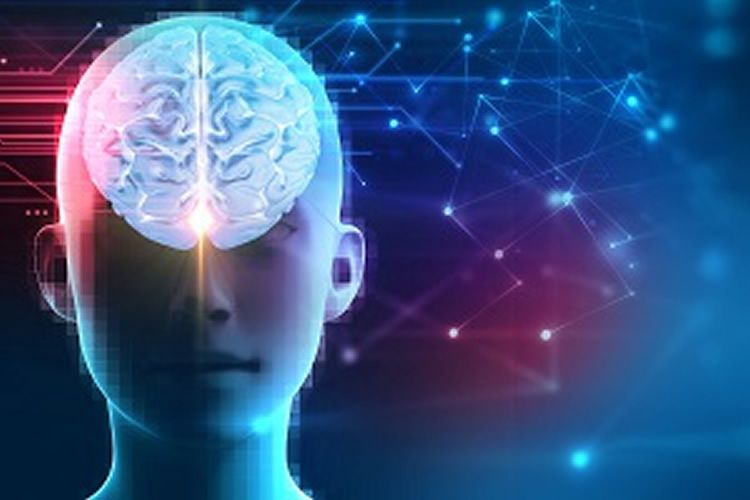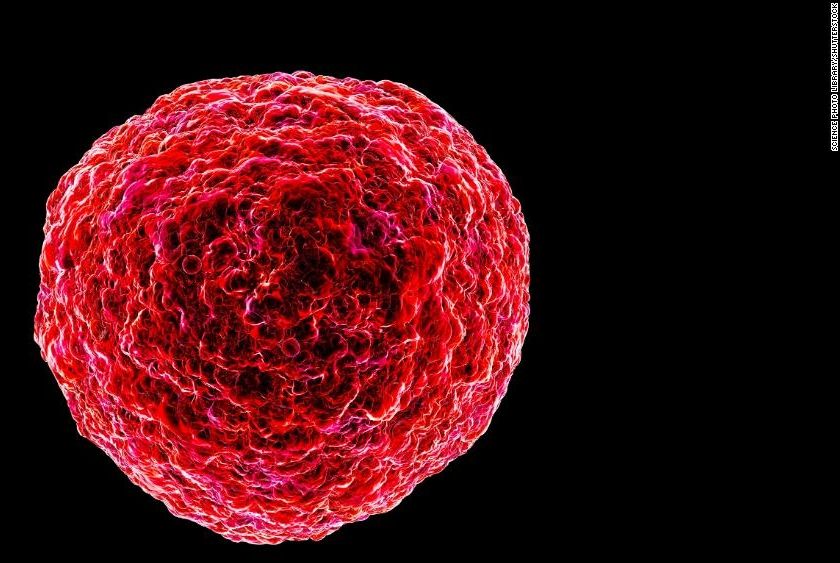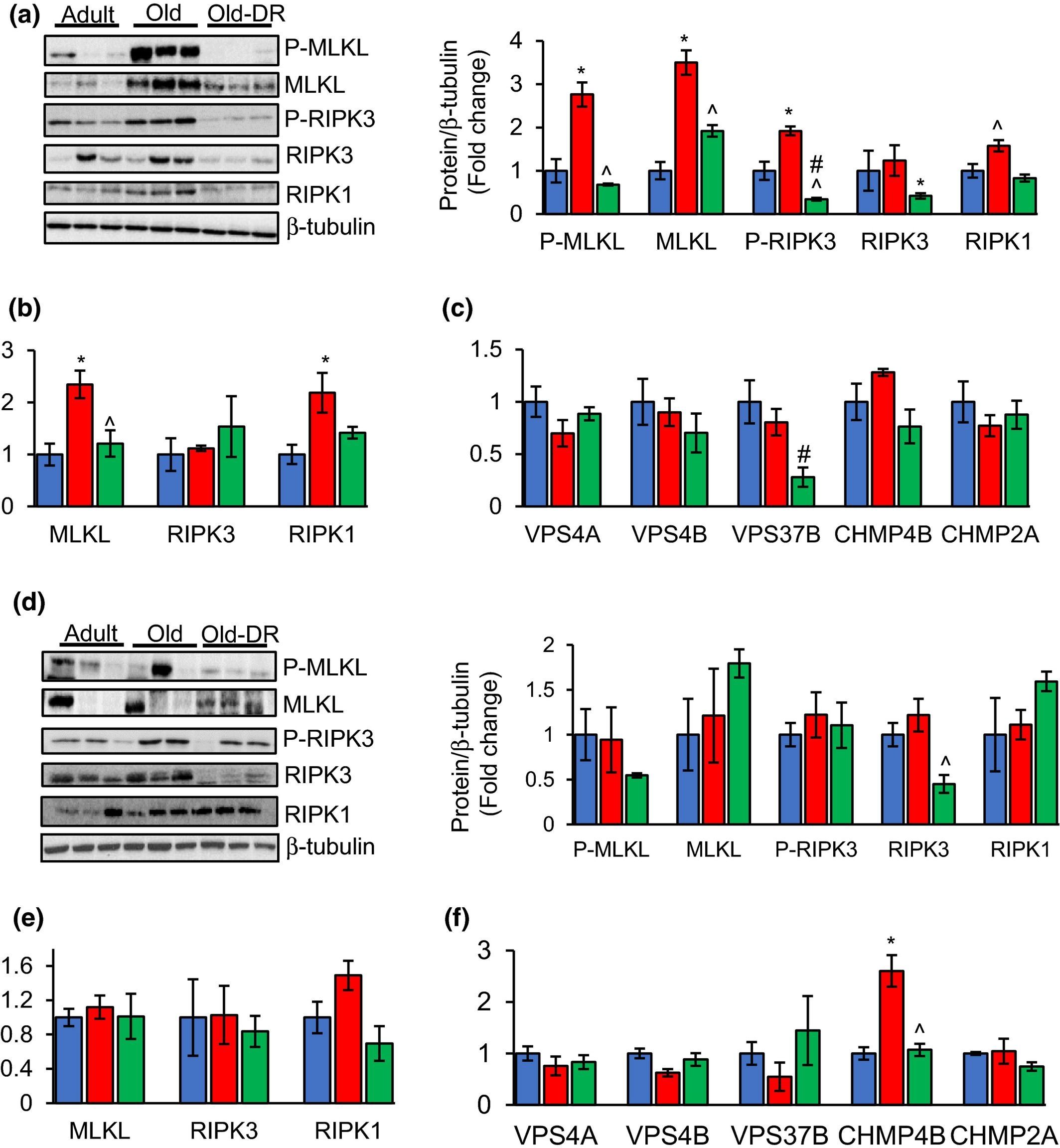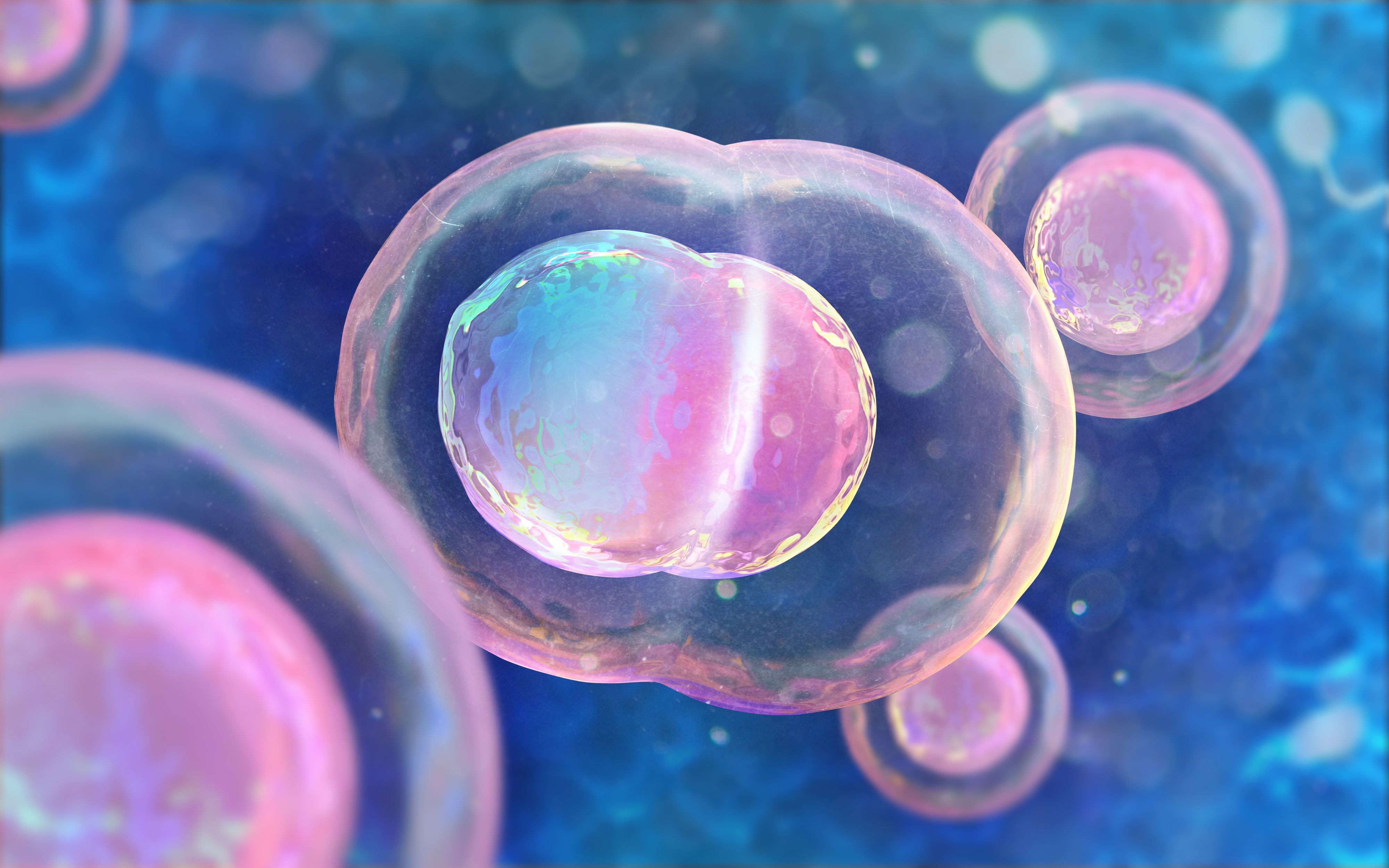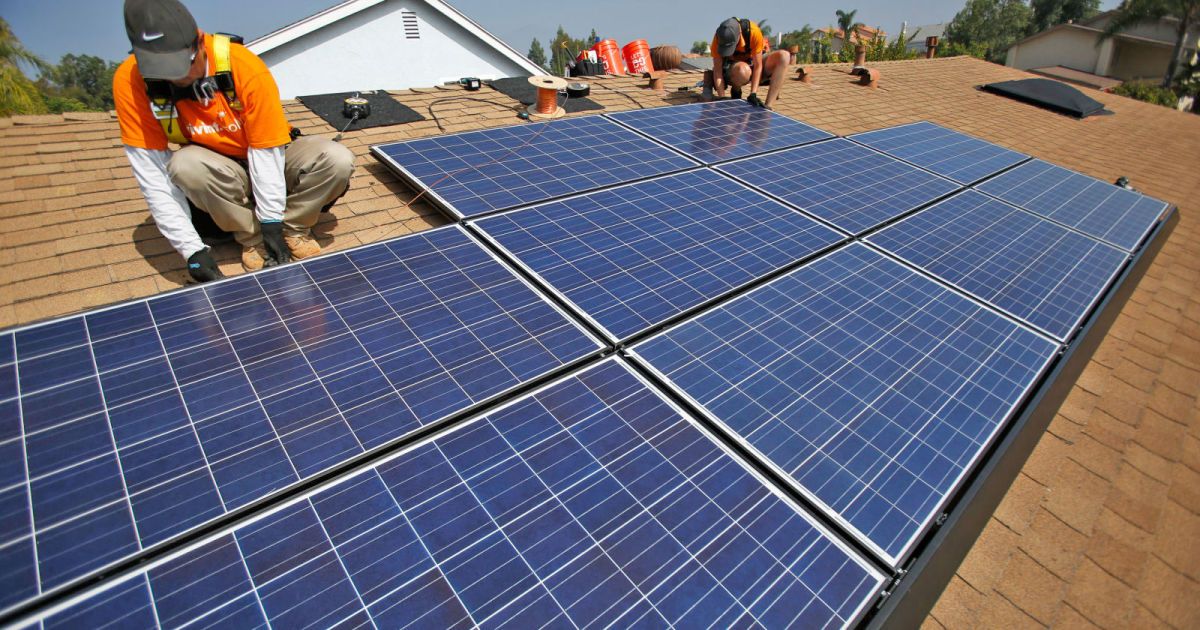Page 10118
May 7, 2018
How cholesterol in the brain may accelerate the onset of Alzheimer’s disease
Posted by Genevieve Klien in categories: biotech/medical, neuroscience
A landmark study has revealed that cholesterol in the brain may play a fundamental role in catalyzing the formation of amyloid beta clusters, thought to be a central mechanism leading to the devastating degenerative symptoms of Alzheimer’s disease.
An international team of researchers, led by the University of Cambridge, set out to uncover what causes amyloid beta proteins to cluster into the plaques that slowly accumulate and cause the primary degenerative symptoms of Alzheimer’s disease.
“The levels of amyloid-beta normally found in the brain are about a thousand times lower than we require to observe it aggregating in the laboratory – so what happens in the brain to make it aggregate?” asks Michele Vendruscolo, lead on the new research.
The eruption of Kilauea Volcano on the island of Hawaii triggered a number of gas- and lava-oozing fissures in the East Riff Zone of the volcano. The fissures and high levels of sulfur dioxide gas prompted evacuations in the area.
Images taken from the Advanced Spaceborne Thermal Emission and Reflection Radiometer (ASTER) onboard NASA’s Terra satellite picked up these new fissures. In the first image, the red areas are vegetation, and the black and gray areas are old lava flows. The yellow areas superimposed over the image show hot spots that were detected by ASTER’s thermal infrared bands. These hot spots are the newly formed fissures and new lava flow as of May 6. In the second photo, also acquired on May 6, the long yellow and green streaks are plumes of sulfur dioxide gas.
On April 30, the floor of Kilauea’s crater began to collapse. Earthquakes followed, including one that measured magnitude 6.9, and lava was pushed into new underground areas that eventually broke through the ground in such areas as the Leilani Estates.
May 7, 2018
Bioquark Inc. — Too Sick And Naked Podcast — Ira Pastor
Posted by Ira S. Pastor in categories: aging, biotech/medical, DNA, food, genetics, health, life extension, neuroscience, science, transhumanism
Tags: anti-aging, bioquark, biotech, health, healthspan, lifespan, longevity, regeneration
May 7, 2018
Decoding the Brain’s Learning Machine
Posted by Marcos Than Esponda in categories: biotech/medical, robotics/AI
Summary: A new study sheds light on how the cerebellum is able to make predictions and learn from mistakes, especially when it comes to completing complex motor actions. The findings could help in the development of new machine learning technologies.
Source: Johns Hopkins Medicine.
In studies with monkeys, Johns Hopkins researchers report that they have uncovered significant new details about how the cerebellum — the “learning machine” of the mammalian brain — makes predictions and learns from its mistakes, helping us execute complex motor actions such as accurately shooting a basketball into a net or focusing your eyes on an object across the room.
May 7, 2018
Drive.ai Launches a Self-Driving Car Service in Frisco, Texas
Posted by Genevieve Klien in categories: robotics/AI, transportation
Silicon Valley’s Drive.ai is starting a pilot program to ferry office workers around a small area of Frisco, with vehicles that can “chat” with passers-by.
May 7, 2018
Cousin of HIV plaguing Australia and the world
Posted by Genevieve Klien in category: biotech/medical
Rates of HTLV-1, an ancient virus called the cousin of HIV, are exceeding 40% among adults in remote regions of central Australia. Doctors are now raising alarm about this “neglected” infection.
May 7, 2018
Necroptosis increases with age and is reduced
Posted by Manuel Canovas Lechuga in category: life extension
Aging is characterized by the progressive increase in chronic, low‐grade inflammation termed “inflammaging,” which is believed to play an important role in the mechanism underlying aging.
Necroptosis is a newly identified programmed cell death pathway that is highly proinflammatory due to the release of cellular components that promote inflammation. To determine whether necroptosis might play a role in inflammaging, we studied the effect of age and dietary restriction (DR) on necroptosis in the epididymal white adipose tissue (eWAT), a major source of proinflammatory cytokines. Phosphorylated MLKL and RIPK3, markers of necroptosis, were increased 2.7‐ and 1.9‐fold, respectively, in eWAT of old mice compared to adult mice, and DR reduced P‐MLKL and P‐RIPK3 to levels similar to adult mice. An increase in the expression of RIPK1 (1.6‐fold) and MLKL (2.7‐fold), not RIPK3, was also observed in eWAT of old mice, which was reduced by DR in old mice. The increase in necroptosis was paralleled by an increase in 14 inflammatory cytokines, including the pro‐inflammatory cytokines IL‐6 (3.9‐fold), TNF‐α (4.7‐fold), and IL‐1β (5.1‐fold)], and 11 chemokines in old mice. DR attenuated the expression of IL‐6, TNF‐α, and IL‐1β as well as 85% of the other cytokines/chemokines induced with age. In contrast, inguinal WAT (iWAT), which is less inflammatory, did not show any significant increase with age in the levels of P‐MLKL and MLKL or inflammatory cytokines/chemokines. Because the changes in biomarkers of necroptosis in eWAT with age and DR paralleled the changes in the expression of pro‐inflammatory cytokines, our data support the possibility that necroptosis might play a role in increased chronic inflammation observed with age.
May 7, 2018
Fasting might boost intestinal stem cell function
Posted by Nicola Bagalà in categories: biotech/medical, life extension
A relatively easy way to boost intestinal stem cell (ISC) function might simply be fasting, according to a new study by a team of MIT biologists.
Stem cells supply the specialized cells that make up our tissues and organs; every time existing cells are lost for whatever reason, stem cells that can differentiate into that particular type of cell jump into action to compensate for the loss. However, this ability declines over time as aging progresses; indeed, stem cell exhaustion is one of the hallmarks of aging, and it affects our body by decreasing the regenerative capacity of its tissues, leading to immune dysfunction, muscle wasting, and even neurodegenerative diseases.
The lining of your intestine suffers from this problem as well. It consists of a fast-renewing tissue that typically renews itself entirely in a handful of days, and it is responsible for absorbing nutrients as well as keeping away unwanted substances; maintaining its regenerative abilities is therefore important for everyone, old or young; however, for older people, this is more challenging. However, a relatively easy way to boost intestinal stem cell (ISC) function might simply be fasting, according to a new study by a team of MIT biologists [1].
Continue reading “Fasting might boost intestinal stem cell function” »
May 7, 2018
California to require solar panels on most new homes
Posted by Bill Kemp in categories: habitats, solar power, sustainability
There’s no question that solar power is entering the mainstream, but California is about to give it a giant boost. The state’s Energy Commission is expected to approve new energy standards that would require solar panels on the roofs of nearly all new homes, condos and apartment buildings from 2020 onward. There will be exemptions for homes that either can’t fit solar panels or would be blocked by taller buildings or trees, but you’ll otherwise have to go green if your property is brand new.
The plan doesn’t require that a home reach net-zero status (where the solar power completely offsets the energy consumed in a year). However, it does provide “compliance credits” for homebuilders who install storage batteries like Tesla’s Powerwall, letting them build smaller panel arrays knowing that excess energy will be available to use off-hours.
The new standards are poised to hike construction costs by $25,000 to $30,000 (about half of which is directly due to solar), but the self-produced energy is estimated to save owners $50,000 to $60,000 in operating costs over the solar technology’s expected 25-year lifespan.
Continue reading “California to require solar panels on most new homes” »




